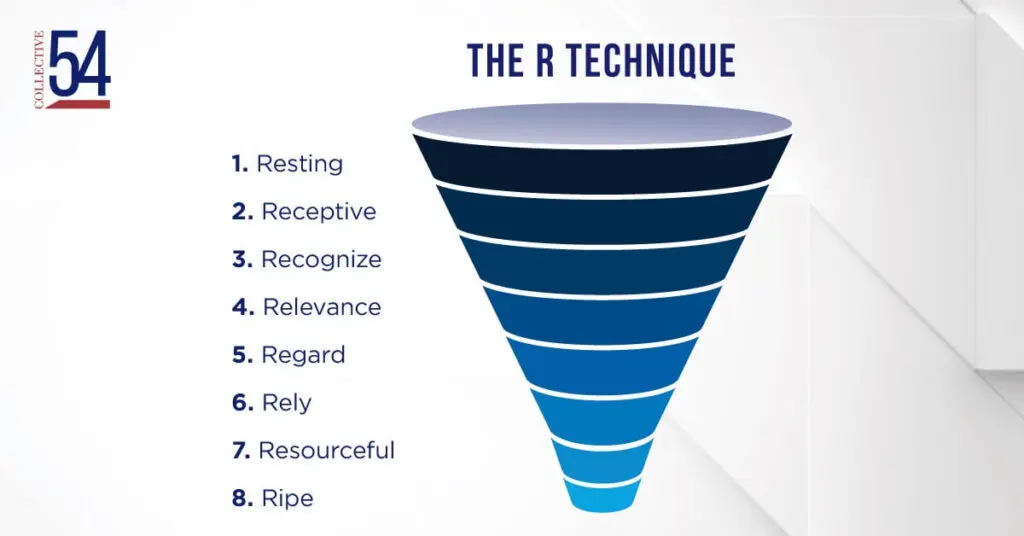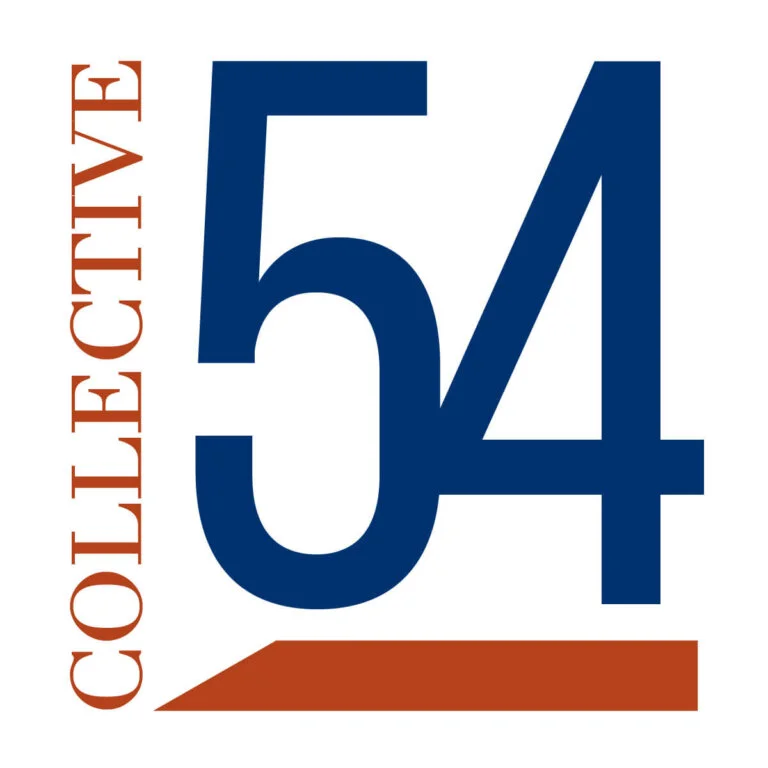How Selling Professional Services Is Different Than Selling Products

There are three primary differences between selling a professional service vs product-based business. First, professional services are “leap of faith” purchase decisions. A prospective client cannot try on a service to see if it fits before purchasing it. Instead, it is bought when a prospect trusts the service provider can—and will—do what is being proposed. In contrast, a product can be sampled before a prospect commits to purchasing it, as in the case of a customer trying on a wedding gown before purchasing it.
The second difference in selling a service versus a product is the information inequality between the prospect and the provider when selling and purchasing professional services. The prospect is often purchasing the service for the first time. Or, if the prospect has purchased it before, it has been some time since the last decision. Regardless, the service provider is engaged with prospects making a purchase decision over and over again. As a result, the information the seller has is far superior to the information the prospect has. But when purchasing a product, a prospect can read hundreds of reviews and discover the information he/she needs. Information discoverability is much more difficult when purchasing services.
Lastly, the evaluation criteria a prospect uses to decide which service provider to select is different from the criteria a prospect uses when deciding on which product to buy. For example, a prospect values a service provider’s reputation in the market when making a decision. However, when a prospect is buying a product, the reputation of the manufacturer is less important than the product features, warranty, return policy, etc.
The R Technique: Designed to Sell Services
If a service provider attempts to sell a service with a sales technique designed for selling products, such as Solution Selling, SPIN Selling, or The Challenger Sale, he/she will have poor sales results.
To illustrate this point, let’s review Collective 54’s sales methodology, called The R Technique.
The R Technique is built upon the eight steps a prospect takes when making a purchase decision. Below is a description of the eight steps and an example of how a product company and a service firm might approach each step differently.
1. Resting: When a prospect is not in the market for the service and does not know the service provider exists.
A product company would invest in a sales force to cover a territory and make outbound cold calls. A service firm would invest in a referral program asking happy clients to refer others.
2. Receptive: When a prospect becomes aware they have a problem and are receptive to hearing about different solutions.
A product company will invest in advertising to push a prospect into the market for the product. A service firm does not advertise. Instead, they publish thought leadership content that pulls a prospect to them.
3. Recognize: When a prospect recognizes who the service provider is, what they do, and how they do it.
A product company buys a booth at a trade show and displays the product to prospects. A service firm does not display on the trade show floor. Instead, they secure speaking engagements at trade shows and impress prospects with their expertise.
4. Relevance: When a prospect decides if he/she should spend more time with the service provider based on whether the firm is relevant to their needs..
A product company performs a demonstration to show a prospect what the product does. A service firm shows a prospect product examples from previous engagements whereby they solved a specific set of problems for clients.
5. Regard: When a prospect reviews the track record of a service provider to determine if they should be well-regarded.
A product company shows a prospect the awards they have won for quality, performance, etc. A service firm shows a prospect the biographies of the team members who would be assigned to the engagement.
6. Rely: When a prospect is willing to take a leap of faith and rely on the service provider.
A product company will offer a product warranty, and service-level agreements from the customer service department. A service firm will provide the prospect with references.
7. Resourceful: When the prospect gets the resources, the budget, and organizational support to move forward.
A product company provides a total cost of ownership calculator and attempts to justify the purchase of the product. A service firm builds a project plan with budget, timeline, team, deliverables, and milestones to show the prospect how to make the project successful.
8. Ripe: When a prospect determines now is the right time to move forward. They are ripe for change.
A product company times the sales campaign to coincide with the budget season. A service firm guides a prospect through the timing decision. Case in point: Is now the right time based on the organizational dynamics, the prospect’s culture, and their openness to change?
How to sell professional services always has been and always will be different from marketing and selling products. Accordingly, throw away the sales techniques built to sell products. If you want to sell your services more effectively, efficiently, and confidently, adopt a sales technique purpose-built for selling professional services such as The R Technique from Collective 54.
